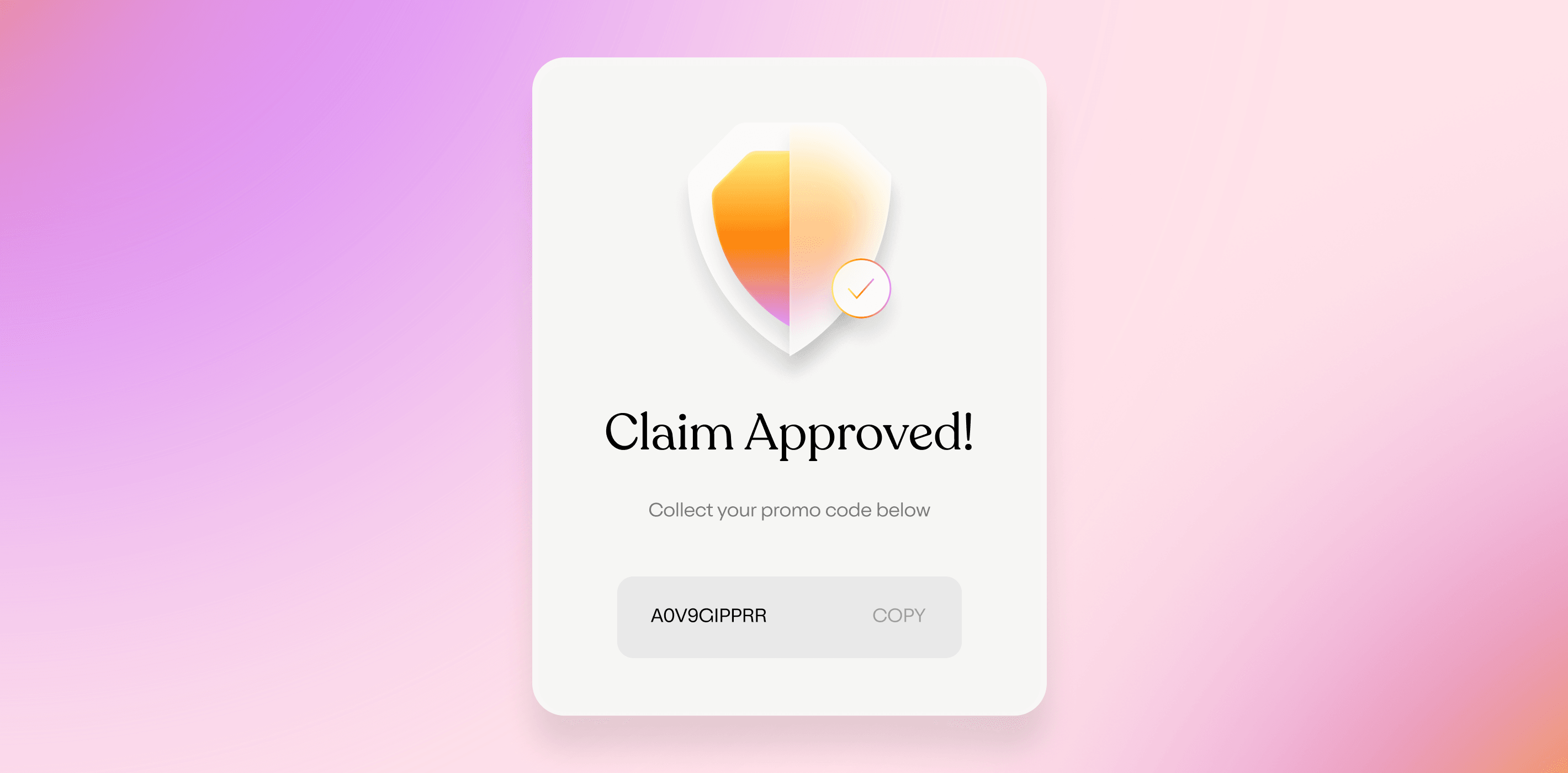A survey of 3,000 business owners found that the number-one thing that drives them is their feeling of self-worth—and the number-two motivator is financial security. Not many options available to businesses can help on both of those fronts at the same time. Offering customers extended warranties is one of them.
Extended warranties are a win-win because they improve things for both the buyer and the seller. Consumers can be sure that their purchase is protected from failure or accident; they gain peace of mind and feel more positively about the retailer. That helps bolster a sense of meaningfulness for retailers, who also get the boon of increased revenue on a net-new product offering that has virtual no start-up time and absolutely no start-up cost.
And extended warranty programs work in key industries:
Consumer electronics
As the FTC explains, not all service contracts or extended warranties are created equal. If the product is likely to need repairs, though—or if a consumer is worried about damaging it—an extended warranty can be a great purchase. (That’s why Apple’s Services business, driven by its AppleCare extended warranty offering, is the company’s highest-margin (at 63%) and second-largest segment.)
Furniture and mattresses
The average price for a queen-sized mattress , even on the budget side of things, is $600 (with luxury mattresses averaging in at double that). A couch comes in around $1,000 . Furniture isn’t cheap, and customers deserve to be protected. These major life purchases that are expected to last for 10-plus years make extended warranties an easy add-on sell: customers definitely want to make sure that their big investment will last.
Jewelry and accessories
Jewelry may not seem like a purchase that will break. Diamonds are forever, after all. But accidents have been around just as long a girl's best frined, too, and when things go wrong—when a kid yanks on a pendant or a watch suddenly stops working—customers will be glad to have the peace of mind of knowing that they’re taken care of.
Sporting goods
The sporting goods market is set to maintain its boom through 2026, says a recent industry report ; individual retailers are posting best-ever numbers for 2021. Retailers can distinguish themselves from the crowd of competition by offering extended warranties so that customers know their purchases are protected long past this season.
6 Tips for Selling & Managing Extended Warranties For eCommerce
1. Explain what’s included—and what’s not.
Not all customers understand the differences between warranties, product protection, service contracts, and extended warranties. (Spoiler alert: some of those are the same thing, just with different names; it’s definitely confusing.)
Make sure that you’re partnering with an extended warranty provider that makes it clear to customers, in easy-to-understand terms, what’s covered. For instance, they may not know they’d be covered for breaks, repairs, and replacements both for product failure and for accidents.
And then take the time to talk to your customers about product protection .
2. Give customers several options for buying warranties.
Some customers will be ready to buy right away, even choosing certain retailers for their extended warranty options. Others won’t have considered buying purchase protection until they see an option pop up at checkout.
Retailers should introduce the idea of warranties early, but recognize that not everyone will buy at the same point in the process.
To meet customers wherever they are on the journey of protecting their purchases, make sure you have a variety of options for interacting with them along the way.
For instance, Clyde customers can use on-site warranty offers on product pages, on pop-up modals as products are added to a cart, and on the checkout page itself. They can also send follow-up emails with warranty information, and include that info in a customer portal that auto-populates with their purchase history and allows them to buy coverage up to six months after purchase.
3. Highlight ease of use for customers.
Traditional warranty programs put way too much onus on the customer to be perfectly organized. Even Washington State’s Insurance Commissioner warns consumers there to make sure they save their original receipts from warranty purchases. That means buyers have to maintain paper records that they then mail or fax in any time they need help with a product. At that point, even a great extended warranty that covers absolutely everything is a pain to actually use.
Depending on your partner, eCommerce warranties can fix a lot of those old inefficiencies. Clyde, for instance, has a customer portal that automatically populates customers’ accounts with their product purchase history and warranty information, all in plain English, and lets them file a claim directly.
No printing, no receipts, no mailing things in, and all with real-time updates.
4. Use transactional emails to your advantage.
As mentioned above, some extended warranty providers, Clyde included, give customers the option to buy extended warranties post-purchase.
Those kinds of emails are some of the most-opened communications sent by retailers, so use them wisely to deepen your relationship with your customers and drive revenue with special offers.
They can help catch customers who haven’t bought warranties yet, but they can also be a vehicle to upsell new product, to drive brand loyalty and interaction, or to solicit referrals and feedback.
5. Price warranties right.
Product protection plans that cost an arm and a leg are what drive people like the fine folks at the FTC to warn customers about the efficacy of extended warranties. You shouldn’t price yours such that customers are paying close to the purchase price of their original item in order to make sure that they’re covered in the case of accident or product failure. While extended warranties can be and often are some of the highest-margin products a retailer will sell, there is such a thing as too much margin.
You can make a profit selling warranties, and a good one—just keep in mind the customer’s ability to pay, and scale your margin with the overall cost of the purchase. Make the price clear and fair.
6. Collect data and adjust.
Which products are your customers buying extended warranties for? How many claims for repairs or replacements were filed against them? How much profit did you collect on each sale?
Automatic analytics, like the ones available on Clyde’s platform, give retailers the answers to all of those questions. Data on warranty sales and use can help drive improvements in marketing, product development, customer service, and pretty much every other part of your company.
What the Future Holds for E-Commerce Extended Warranties
Divining the future is fun, so we’ll try it here, basing our prediction on the future of eCommerce extended warranties on two trends: longer product lifetimes and consolidation.
First, consumers care more about their purchases lasting a long time because doing so is better for the environment and better for their bottom lines. Purchases that are protected and able to be fixed by a reputable servicer will go from being a nice-to-have to a must-have as eco-friendly and price-sensitive customers look to make more thoughtful purchases.
Second, as a whole, technology is moving towards consolidation for ease of use. It’s why people stay lifelong Apple customers even when Android technology outpaces the iPhone: the switching cost of disconnecting their photos, their notes, their contacts, and their messages across all of their devices is just too high.
It’s also why apps like Pocket (which saves articles, videos, and websites in one place for you to read later) and Mint (which integrates with all of your banking, investment, and retirement accounts to create a picture of all of your money) are so popular. Even entire industries like home flipping are being consolidated into single-service platforms that allow users to find homes, secure mortgages, and make offers, all at once, cutting out realtors and bankers.
The future of eCommerce, we predict, will follow suit. Technological solutions to the annoyance of having to enter your credit card in a bunch of different websites, manage different return policies, and yes, engage with different processes for fixing or replacing things that break will fall away in favor of centralized, streamlined ways to track your purchases, their warranties, and any outstanding claims. That’s why Clyde’s customer dashboard automatically matches orders with their warranty information and provides real-time updates on claims in plain language that’s easy to understand. Over time, as customers buy more extended warranties from different realizers, they’ll be able to access all of them at once.
If you’d like to be part of that future, request a free demo of Clyde today .
SIGN UP FOR OUR NEWSLETTER


